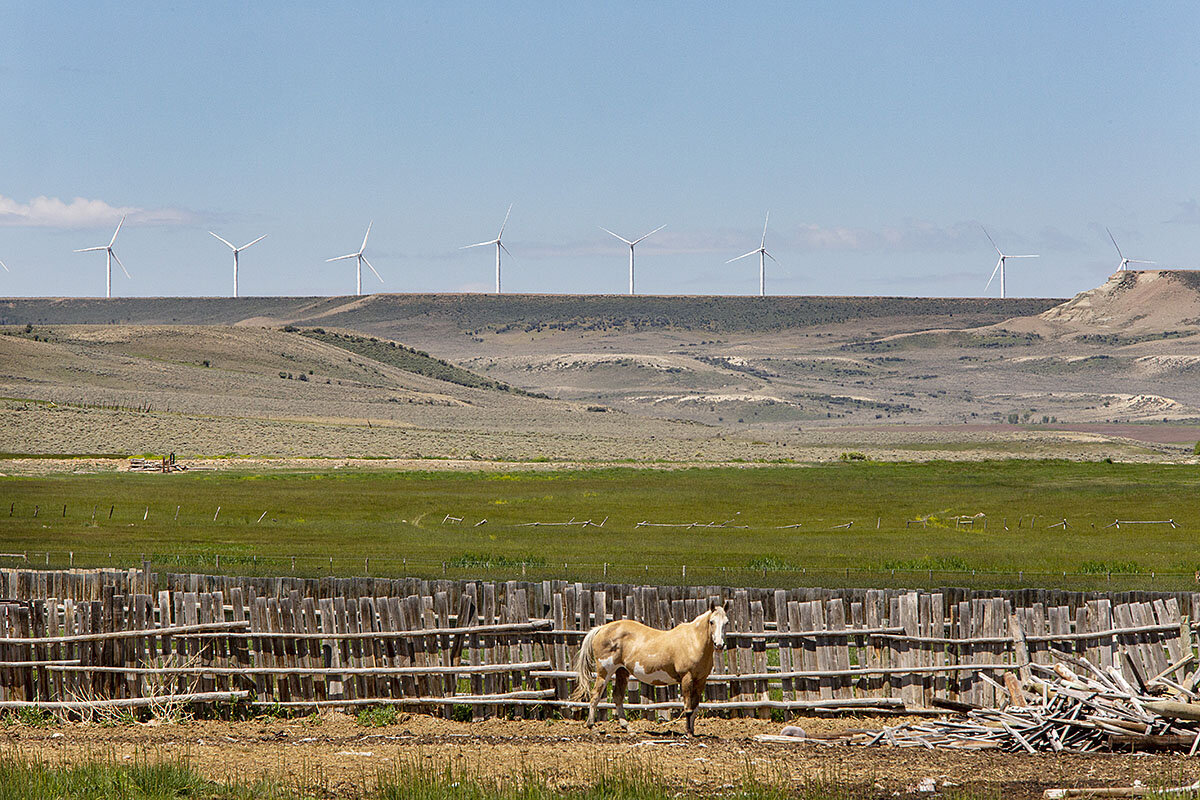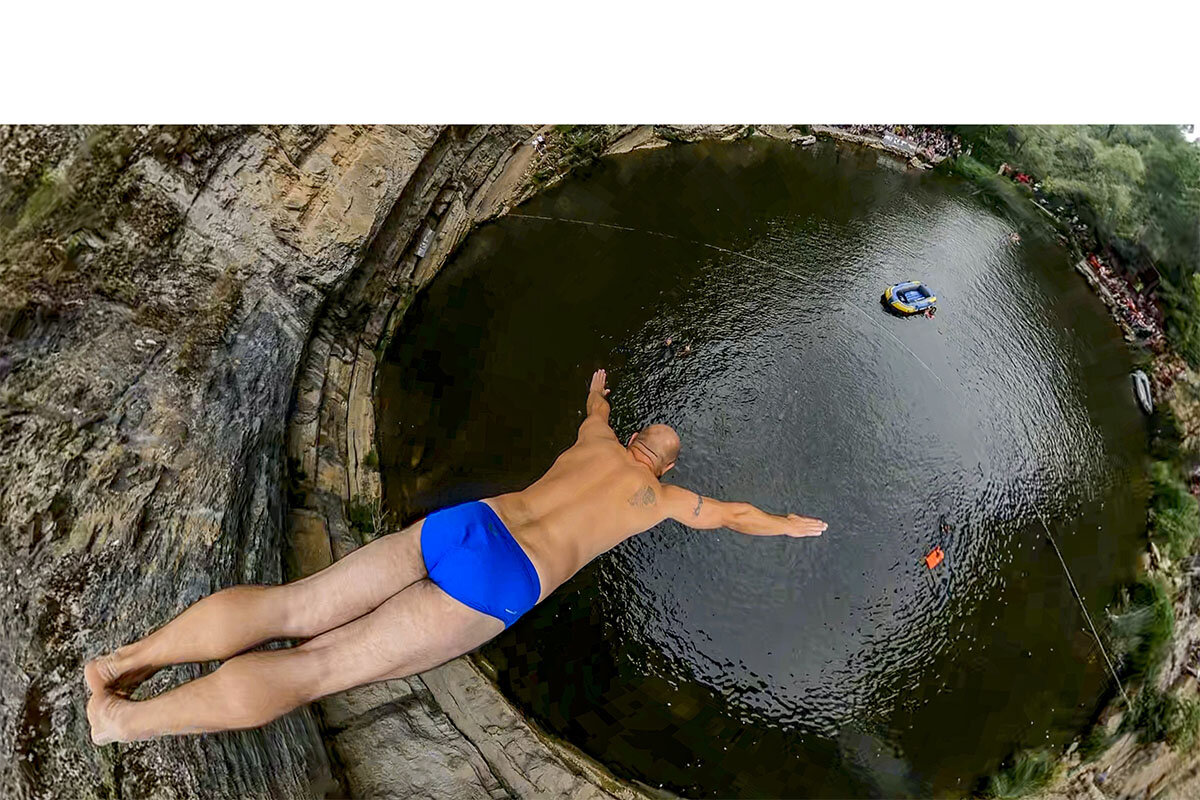Monitor Daily Podcast
- Follow us:
- Apple Podcasts
- Spotify
- RSS Feed
- Download
 Linda Feldmann
Linda Feldmann
This week, national Democrats’ nightly telethon offered a mix of moving testimonials and apocalyptic warnings about President Donald Trump. Brayden Harrington, a 13-year-old who struggles with a stutter, showed courage in addressing the nation – sharing how presidential nominee Joe Biden, who has also faced down a stutter, has helped him.
In contrast, the Obamas raised alarm bells against a second Trump term. The former president, speaking from Philadelphia, depicted his successor as a threat to democracy.
“We can’t let that happen,” former President Barack Obama said.
Next week, it’s the Republicans’ turn. They’ll have their own human interest speakers – including Nick Sandmann, the Kentucky teen who sued media outlets for misrepresenting his actions at a Washington rally – and dire warnings against a leftist takeover in November. Already, we know that the Trumps will not confine themselves to Washington. On Monday, they’ll visit a Farmers to Families Food Box site in North Carolina, then drop by the (small) GOP convention in Charlotte.
It’s also a safe bet that President Trump, a student of TV stagecraft, watched the Democrats carefully and will build on what worked. As with last night, fireworks are on the program.
But for perspective on the health of American democracy, consider events across the ocean. In Belarus, dictator Alexander Lukashenko faces the biggest threat to his rule in 26 years amid mass protests and worker strikes. In neighboring Russia, opposition leader Alexei Navalny is fighting for survival after his apparent poisoning.
Here in the United States, political competition remains vibrant. But the watchdogs are on alert. Exhausting or exhilarating, an election season like no other is nearing the homestretch.









